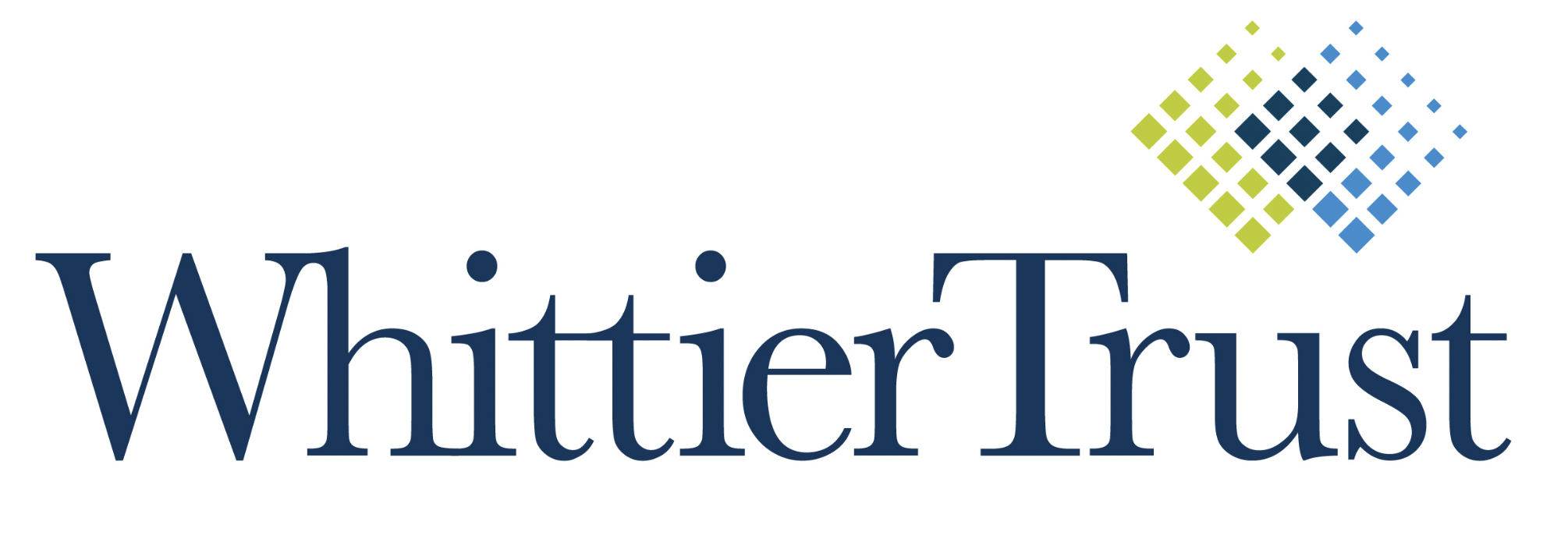Private philanthropy has always played a critical role in disaster relief efforts. While it certainly can’t and shouldn’t take the place of well-funded governmental aid programs, private donors have proven time and again to be more nimble and flexible, and their philanthropy can serve to help meet the immediate needs of those affected as they wait for the government to react. It can also fill in gaps not covered by governmental programs.
That said, it can be challenging for philanthropists and their charitable vehicles to know how best to help, especially when the factual landscape is shifting so quickly. Below are some suggestions you may find helpful as you begin to develop a strategy that works best for you.
1. Augment what you’re already doing for the organizations you already love
From our countless conversations with nonprofits, we can say without reservation that they are all struggling right now. The demand for services by health care, education and social service providers is spiking. At the same time, revenues are down: arts-related nonprofits have lost vital ticket sales revenue, and those that depend on sales from thrift stores or retail sales have seen that income vanish. Regardless of mission, all nonprofits are having to enable their staffs to work remotely and/or implement costly new sanitizing procedures.
Consider these ideas:
- Relax requirements – excuse your organizations from the burden of submitting reports or full proposals for support.
- Eliminate restrictions – if your current support is for a restricted program, let the organization know they can use your already-awarded funds for anything they need.
- Suspend reporting requirements for a period of time.
- Ask about particular COVID-19-related needs and consider making additional one-time grants to help keep them afloat without having to lay off staff, so they can remain in a position to continue carrying out their mission when the immediate crisis ends.
2. Support coordinated relief efforts by trusted agencies
- Locally: Perhaps the best way to support response efforts in your own back yard is to contribute to relief funds set up by either your local community foundation or your city or county governments.1
- The Mayor’s Fund (Los Angeles)
- The Mayor’s COVID-19 Emergency Response Fund supports a variety of emergency response activities: medical equipment and protective gear, meal delivery for elderly, testing and housing for the homeless, and childcare for health care workers. The Angeleno Fund is providing direct and immediate financial assistance for individuals and families experiencing extreme financial hardship caused by the COVID-19 crisis.
- California Community Foundation launched the COVID-19 LA County Response Fund to address the immediate and longer-term needs of our region’s most vulnerable residents. This fund will support community needs identified by CCF’s partners in health, housing, education and immigration, and will aid impacted individuals through CCF’s Pass It Along Fund.
- Philanthropy CA (in partnership with Southern California Grantmakers & Northern California Grantmakers) has curated a comprehensive list of national, statewide and local efforts by category. Once you open the link, click on the “Response Funds” tab, and you can filter by geography, scope and targeted communities.
- Great Public Schools Now, in partnership with several Los Angeles community organizations, has established a COVID-19 response fund. Donations will go directly to Los Angeles families to meet basic needs such as food, rent, medical care, childcare, gas, and transportation.
- Many hospitals are setting up relief funds specific to Covid-19: See CDC Foundation Combat Coronavirus.
- The American Red Cross has posted safety resources on their website as well as trusted guidance from both the County of Los Angeles Public Health Department and the CDC. The ARC-Los Angeles Region has already served over two million meals in partnership with the Los Angeles Unified School District. This operation will likely continue through the end of the school year. The Red Cross has also provided thousands of blankets to the City of Los Angeles for homeless citizens who are being sheltered in City recreation centers during the outbreak.
- Nationally:
- The National Center for Family Philanthropy and Giving Compass are working together to bring you the most comprehensive list of COVID-19 relief funds. While they integrate their efforts, you can also explore funds on Giving Compass.
- Internationally:
- Via Charities Aid Foundation (CAF) America, donors can make tax-receipted, regulatory-compliant contributions to support the work of hospitals, community-based organizations, and other charities that are mobilizing around the world to provide support to those affected by COVID-19. On their website, you can browse the list of organizations vetted by CAF America that are working to provide relief on the ground.
- The World Health Organization (WHO) is also leading and coordinating a global effort, supporting countries to prevent, detect, and respond to the pandemic. Donations here support WHO’s work to track and understand the spread of the virus; to ensure patients get the care they need and frontline workers get essential supplies and information; and to accelerate efforts to develop vaccines, tests, and treatments.
3. Peruse other helpful resources
- Chronicle of Philanthropy: “How to Help the Most Vulnerable Through the Pandemic“
- Catchafire has surveyed 450+ nonprofits to find what their most pressing needs are right now.
- Candid created a webpage to showcase funding opportunities, funding summaries, and news items.
- Center for Effective Philanthropy: “Funders – The Time is Now to Talk About Recession Planning with Grantees“

From Investments to Family Office to Trustee Services and more, we are your single-source solution.

